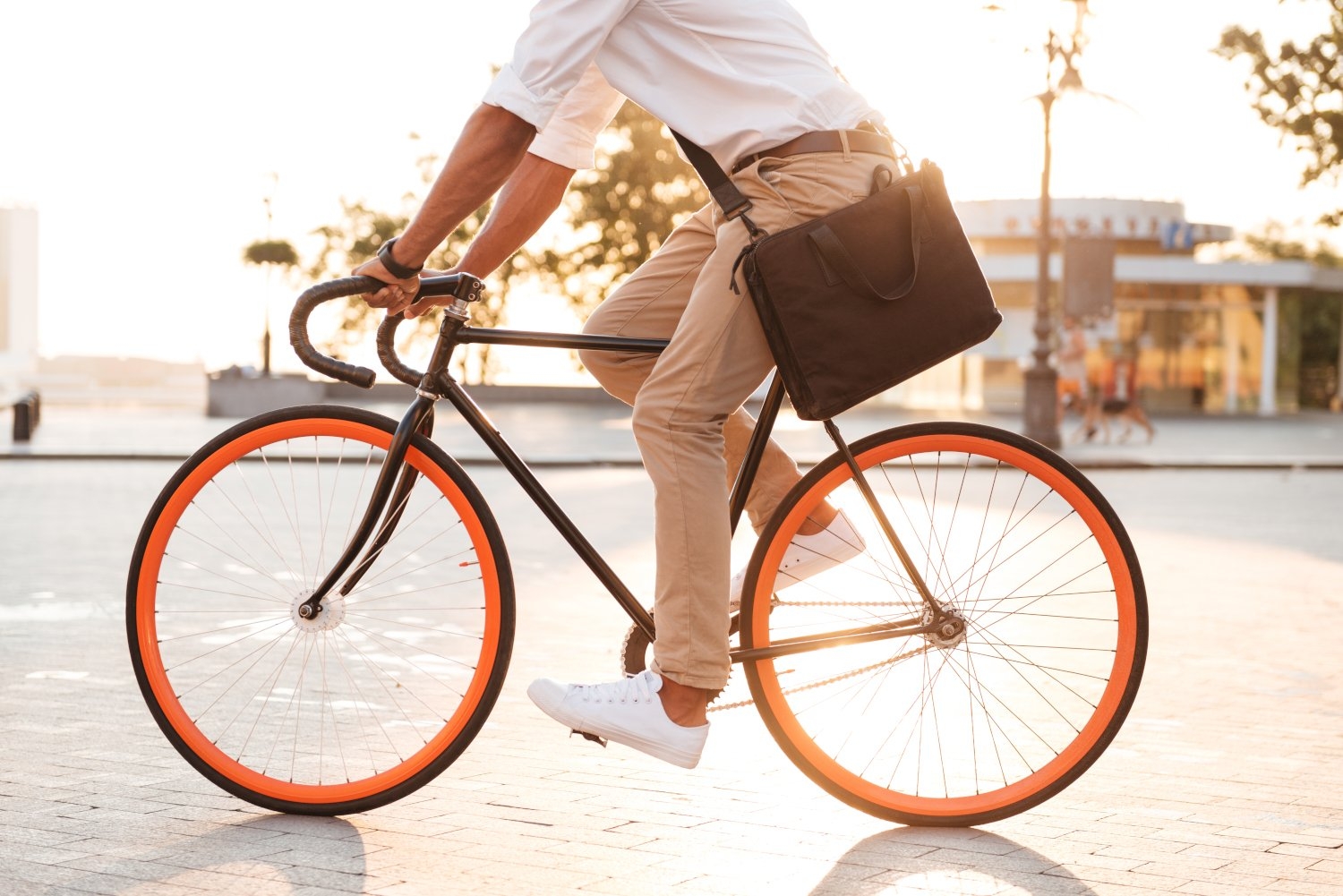The conversation about decarbonising transport and reducing emissions has penetrated every corner of the globe. In a world grappling with the urgent need to address the climate crisis and improve public health, the concept of active travel has emerged as a promising solution. Supporting the bicycle as a mode of transport is vital to creating smarter, cleaner, more liveable smart cities according to experts in active travel.
This form of travel promotes individual well-being and significantly reduces carbon emissions. By embracing active travel, we have the power to make a meaningful impact on both the environment and our health. There has been a big governmental push on the topic over the last few years, which has not shown signs of slowing down.
What is active travel?
Active travel is an umbrella term that encompasses any form of human body-powered transportation to get from one place to another, such as walking or cycling and, more recently, e-biking. The concept has also been slowly evolving and is often regarded as including wheelchair users or other mobility aids. Some include running, skateboarding, roller skating, scooters and even rowing, to the definition. And if you think that is odd, it's always worth remembering the story about the German guy who swims to work!
Overall the idea of active travel is the avoidance of using motorised vehicles to get around and use your own body. There is strong evidence that active travel, especially for short journeys, often unnecessarily done with cars, can increase health outcomes and reduce carbon emissions.
Why is active travel so important?
There is a compelling argument about electric cars and delivery fleets – they would indeed reduce carbon emissions and help us towards net zero goals. However, projections estimate that even by 2035, electric vehicles will only make one-quarter of new sales and still only 13 per cent of vehicles on the road. While electric cars have gained attention as a potential solution, their widespread adoption is very slow. In contrast, active travel presents a compelling dual advantage: it now addresses the pressing climate crisis while promoting individual well-being.
Increasing physical activity and decreasing car dependency allows us to tackle both the looming climate issues and the increasing number of bad health outcomes stemming from most people's sedentary lifestyle – such as obesity, diabetes and heart disease. Public Health England estimated in 2016 that physical inactivity was a direct contributing factor to one in six deaths yearly. Even though most of us a probably aware that moving more is good for us, an active lifestyle may be hard to achieve for most people. A busy schedule, long time spent commuting, everyday chores and competing demands are hard enough to balance without throwing exercise into the mix. The beauty of active travel is that it is usually intended to fit into your existing lifelike by replacing your car with a bike to get to work. Embracing active travel can lead to reduced risks of cardiovascular diseases, diabetes and a host of other unwanted problems. It can also improve mental health, confidence and overall well-being.
On the other hand, active travel is a way to reduce daily greenhouse gas emissions. Road transport is a big offender when it comes to emissions – a fifth of the UK's total is due to cars and trucks on our roads. Even if some of us leave our cars behind for some of our daily journeys, this would still have a significant impact. Swapping cars for bikes or walking would improve the air quality. This is important as air pollution is another stealth killer responsible for thousands of hospitalisations and deaths every year.
Switching to active travel is a simple but effective way for everyone to contribute to cleaner air, cleaner communities, and a better future.
What government initiatives are there on active travel?
Active travel has become a cause with broad support in political circles – it has undeniable benefits for health and reduces pollution. This has also led to more efforts to make cities more bike and walking-friendly to encourage people to hop on bicycles and commute using alternative transport means.
In 2020, the government published its Gear Change: a bold vision for Cycling and Walking paper, where plans for the future were outlined as making streets better and safer for cycling and walking, empowering local authorities and making active travel a central point in broader indecision-making. The future envisaged in the paper focuses on initiatives such as expanding existing bike lanes, building more bike shelter facilities, funding for bike schemes, pavement widening, establishing cycle-only lanes in traffic, lowering speed limits across cities and so on.
Furthermore, in 2022 the government established a dedicated body, Active Travel England, to oversee standards for cycling and walking, manage the national active travel budget and have the power to award funding to projects and be a statutory consultee on major planning applications.
The government has also made multiple financial pledges, such as a £300,000 top-up to e-cargo bike schemes and £3 million for improving cycling infrastructure, including provide more safer bicycle parking facilities. In 2023 a further £200 million fund was announced for local authorities to improve walking and cycling infrastructure.
This is very welcomed news, as we know well how important bike facilities are for the overall strategy to encourage people to cycle more. The lack of safe bike lanes puts many people off cycling and coupled with the inability to park your bike at your destination safely, it is a prospect that makes many people uneasy. These are both issues that need to be solved in order to have more people cycling on the road.
If you'd like to talk about safe bike storage solutions suitable for your property, don't hesitate to get in touch.
